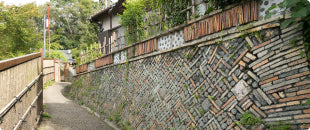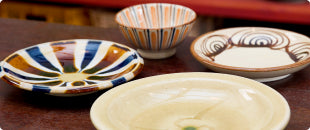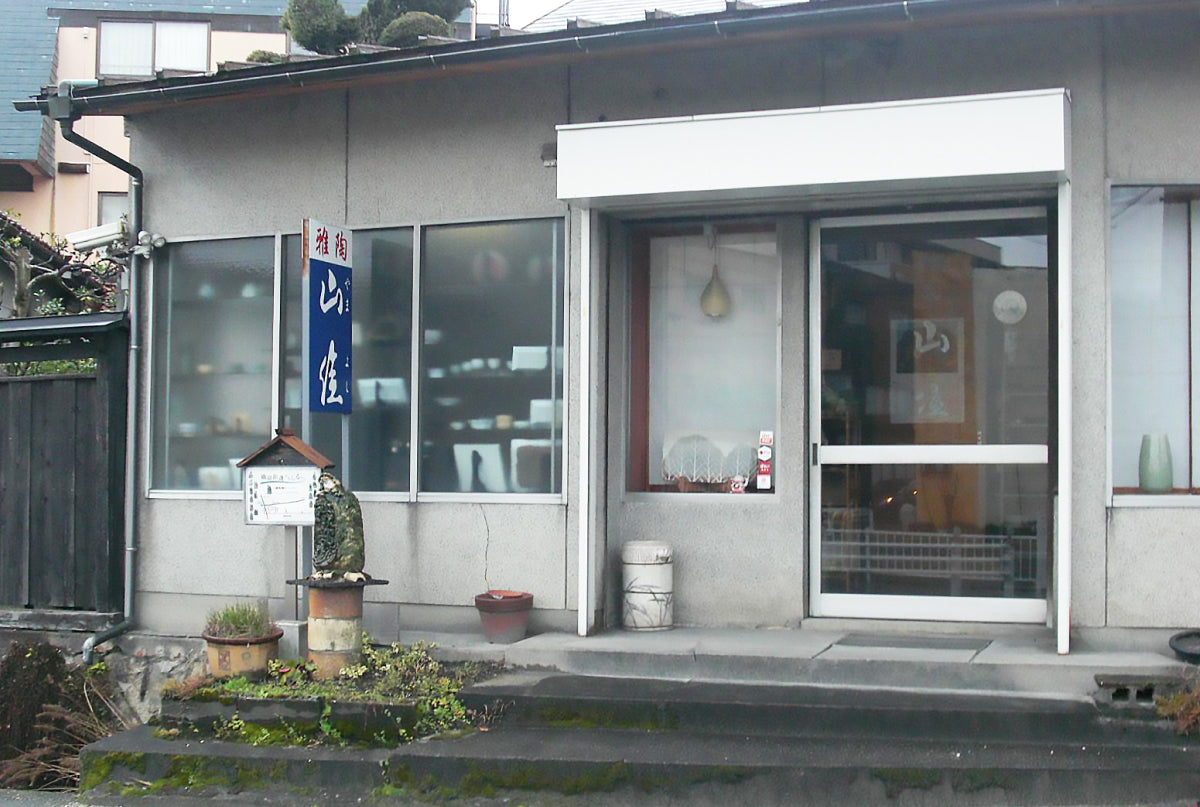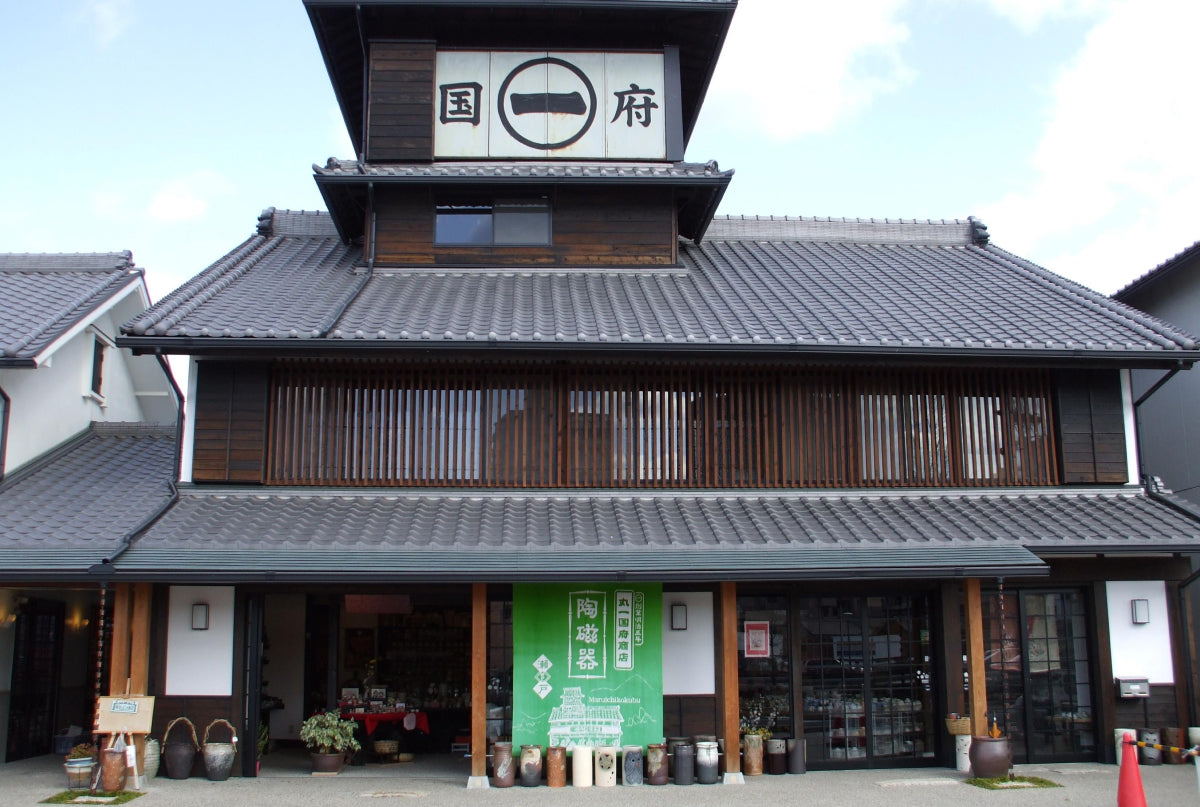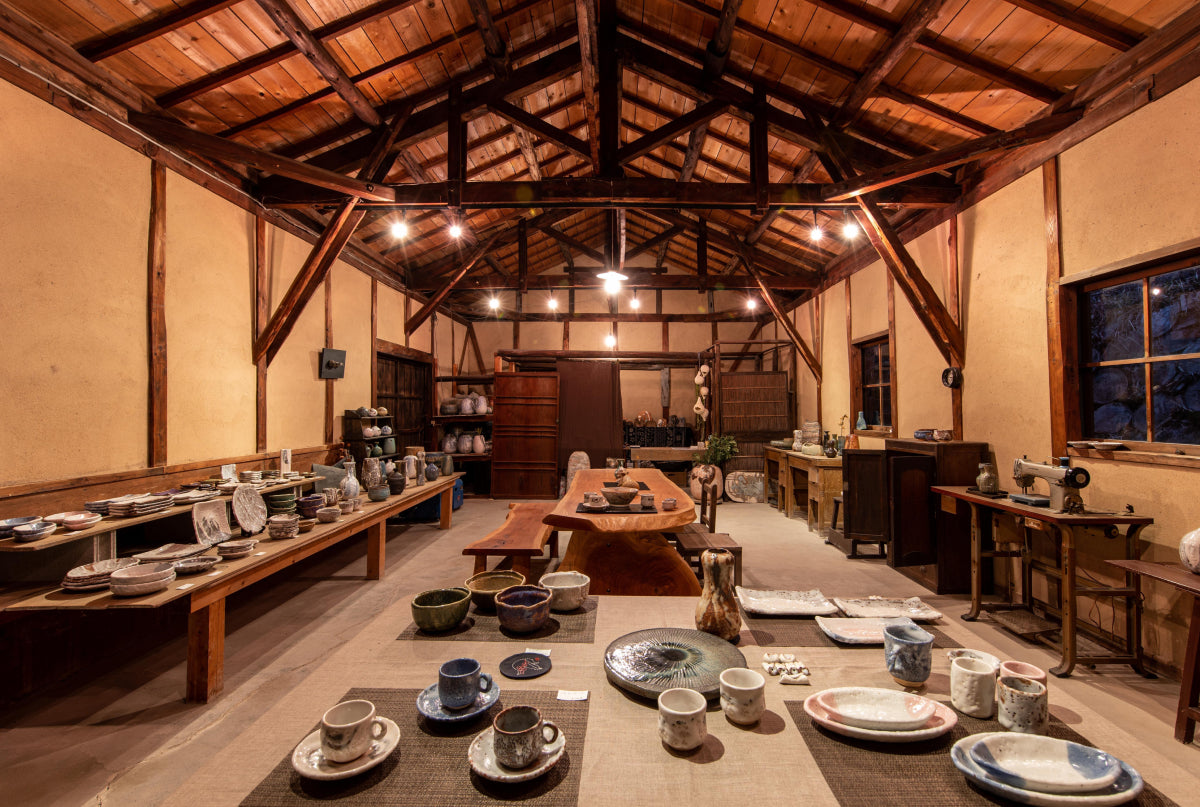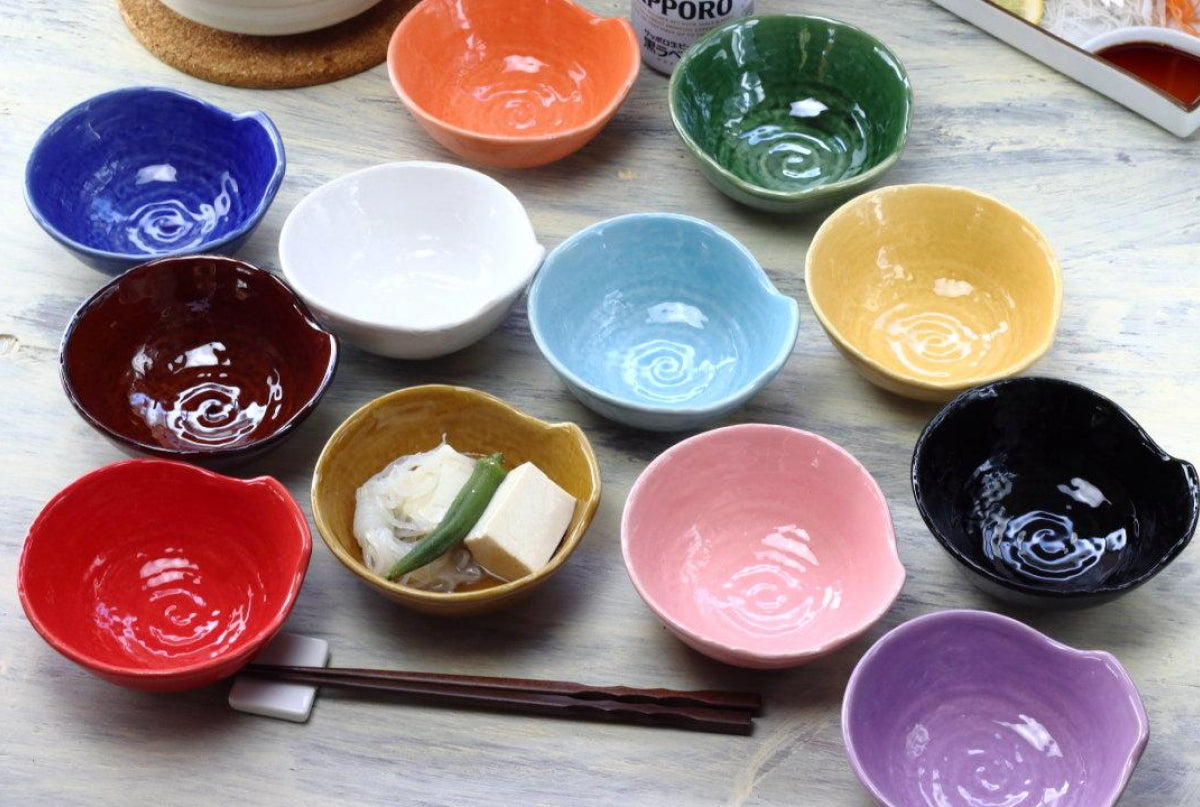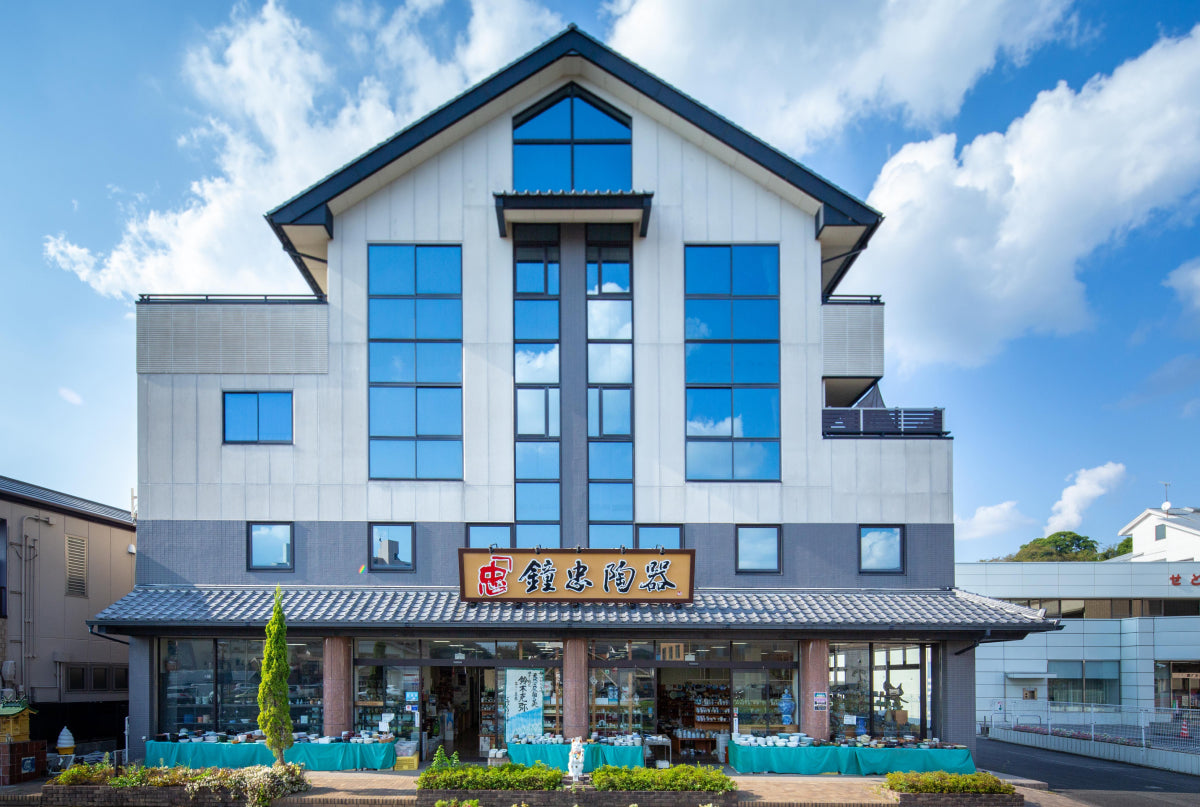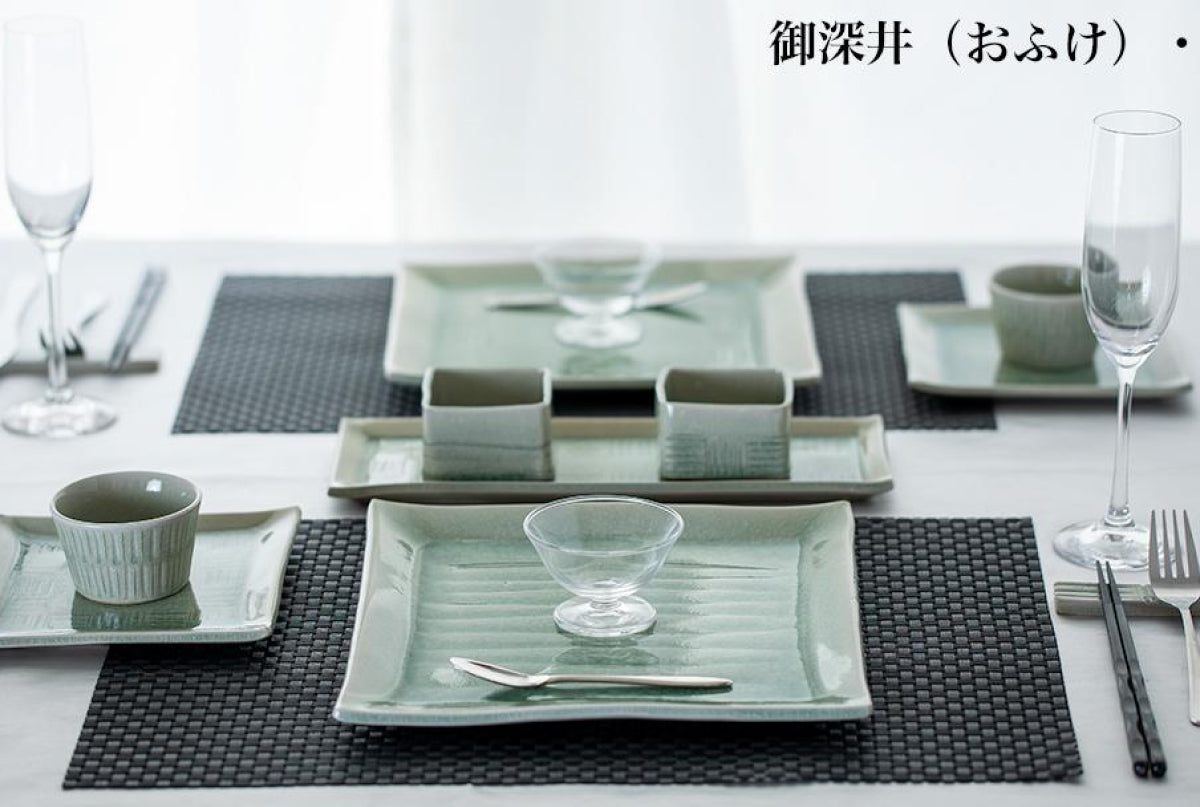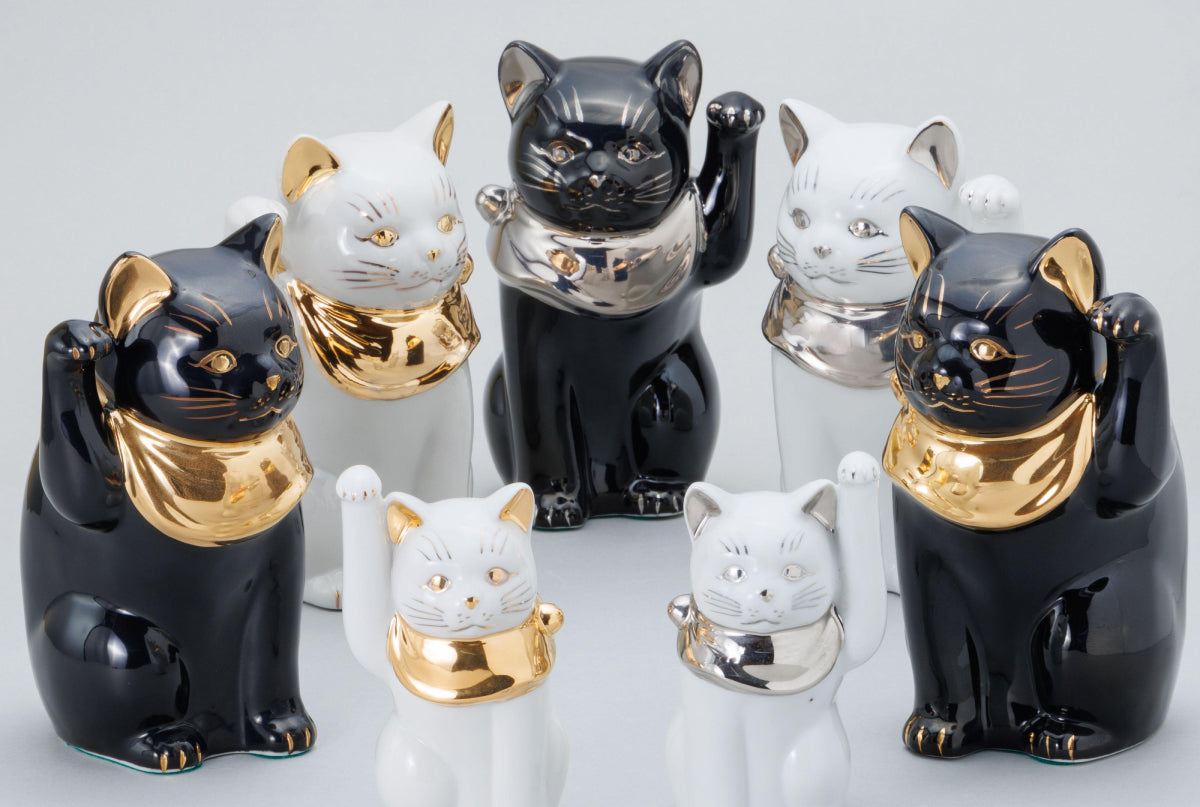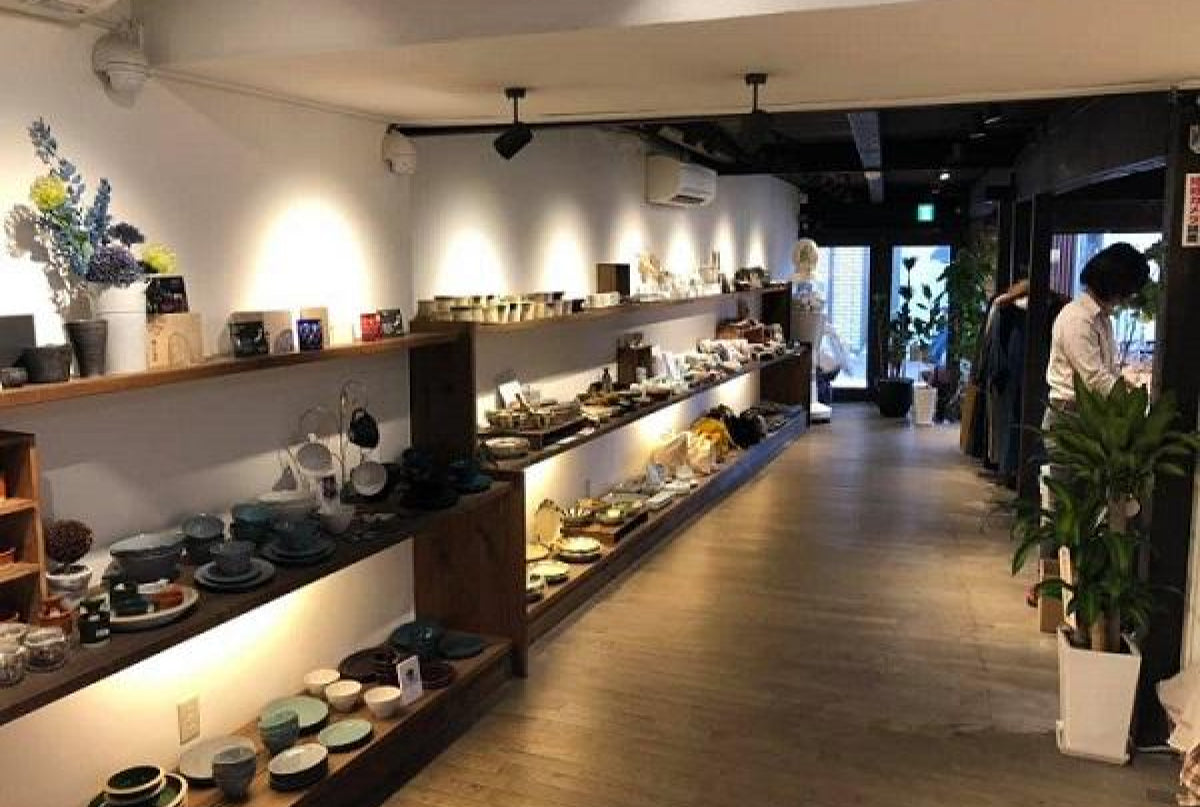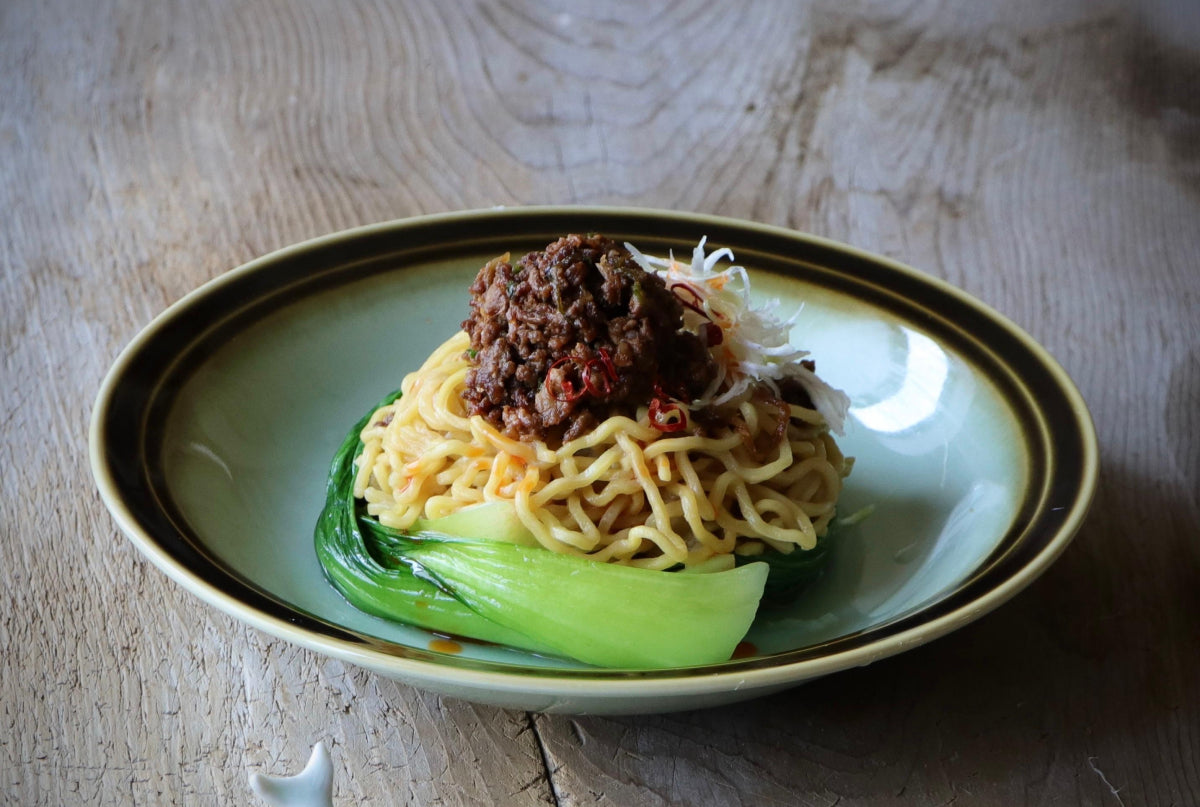Introducing how to handle yakimono, the name of the bowl, and the form.
Pottery & Porselain "Pottery" and "porcelain"
Yakimono is broadly divided into "pottery" and "porcelain". The difference is the material.
Generally, pottery is called earthy and porcelain.
The earth is mainly made of clay, and the stone is a mixture of a stone powder called a porcelain stone, which is mixed with clay.
Because the material is different, the characteristics are different, and there are differences in handling.
| 陶器 | 磁器 | |||
|---|---|---|---|---|
| 吸水性 | Existence | It is dried enough and then stored (soaked water causes mold) |
Nothing | It is OK to store it immediately after wiping the water |
| 保温性 | Existence | It is hard to heat and cool to cool |
Nothing | easy to heat up, easy to cool down |
| 耐衝撃 | weak | Weaker than porcelain |
strength | Stronger than pottery |
How to handle pottery (earthy)
"Pottery" is water -absorbed, so it can be used comfortably by taking one effort.
● Labor before using
Soak in water for 30 minutes to contain moisture in advance. It is difficult to absorb juice and oil.
● Labor and effort after using it
Remove dirt as soon as possible, dry well before storing.How to handle porcelain (stone stones)
"Porcelain (stone stones)" has no water absorption and relatively resistant to impact, so there is nothing special attention.
* Gold, silver, and paintings with painting cannot be used in microwave or oven.
Design Shape
There are various forms of ceramics, such as molding with a potter's wheel, molding with molds and clay plates.
Here, let's look at the traditional "shape" and "name" of the traditional dishes, pots, directions, tea utensils, Tokuri, and sake ware.
dish
The size of the plate is generally represented by dimensions and scale.
Generally, a plate of about 30 cm (about one shaku) or more is a large plate, a 12cm (about 5 inch) or less is a small dish, and a middle plate.
At present, there are many free shapes, mainly circular and polygon.
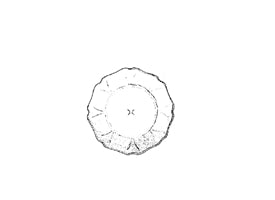
Wheel flower
(Rinka)
Long plate, cutting board
(Nagasara / Nanita Sara)
Half a month
(Hangetsu)
Wooden leaves
(this is)
Wooden blast form
(Mokkogata)
Corner cut
(Sumikiri)
Primary dish
(Izuzumigaga Kazara)
Bowl / direction
A slightly deeper bowl is generally called a pot.
The direction refers to the small pots, which calls the dishes (kaiseki) cuisine in the back of the table (over the other side).
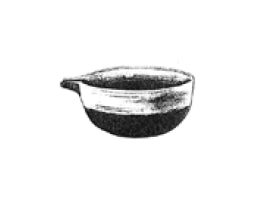
One mouth
(Katakuchi)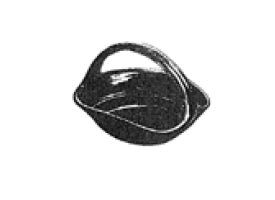
Cocklock
(Tetsukibachi)
Gong bowl
(Dorabachi)
Hill bowl
(Kodaibachi)
Edition
(Amika)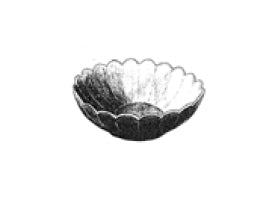
Chrysanthemum bowl
(Kikubachi)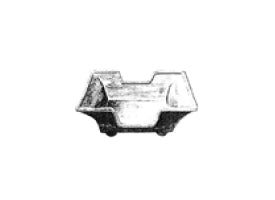
Cut -off
(Kiriotoshi)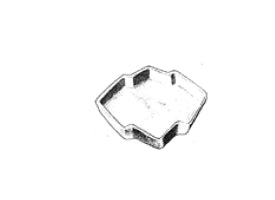
Pine bark
(Matsukawabishi)
Clam
(Haguri gata)
weight
(Bunido)
Fan shape
(Ogi gata)
Pepper
(Waran -san)
Boat shape
(Funagata)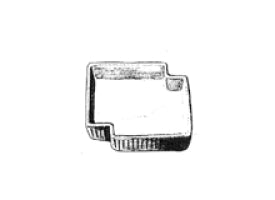
Horny horns
(Holding different)
Cylindrical
(Tsunagata)
Persimmon shape
(Kakigata)
Tea utensils
There are teacups, clay bottles, hot water, hot water, and tea bowls (teacups, pumps, matcha tea bowls).
Both the teapot and the clay bottle were used as sake ware in the past.
Punaging was originally used when serving white water (Sayu) at a tea party, and many teacups are shaped like a bowl that opened toward the mouth, compared to the tubular shape.

Teacup
(Yuno only)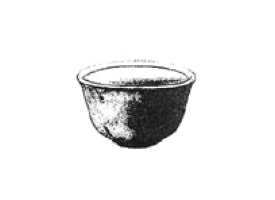
Drawing
(Kumidashi)
teapot
(Kyusu)
Clay bottle
(Dobin)
Seni device, teapot, spills, tea bowls
(Senchaki, Kyusu, spills, chawan)
Tokuri / Sake ware
For a long time, there have been a variety of shapes that have been poured in Tokuri, one -sided bowl, and a spout.
The vessel to drink is a drink and a cup. It seems that a large swing is called a swallow.
"Choco", which is often used, is a general term for deep small vessels.

Ekubo virtue
(Ekubo)
Floating interest
(Unexpectedly)
Rakkyo Tokuri
(Rakkyo)
Crane
(Sloby)
Poor virtue
(Binbo
Umbrella virtue
(Castrangle)
Candle Tokuri
(Candy)
Gourd shape
(Hisagokata)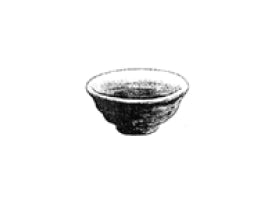
Gui drink (flat)
(Gien only)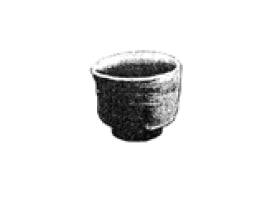
Gui swallow (standing)
(Gien only)
Horse -horsed cup
(Bayoi)
Beyond worm cup
(Bakushuhai)
Vulgarism
(Funa Kaku)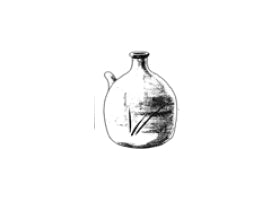
Yunosuke Tokuto
(Unsuke
Bottle
(soldier)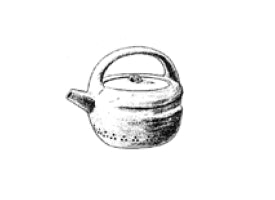
Tangle

Tea family
(Choka)
Choshi
(condition)















































